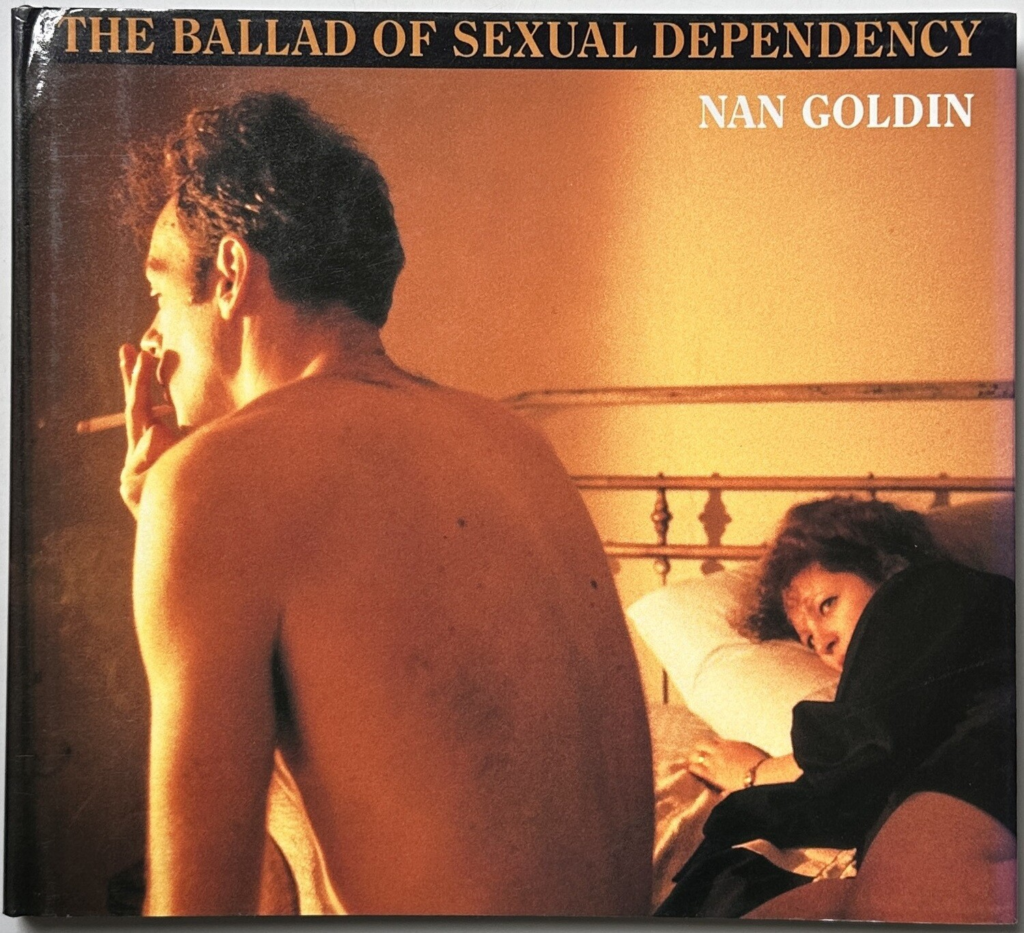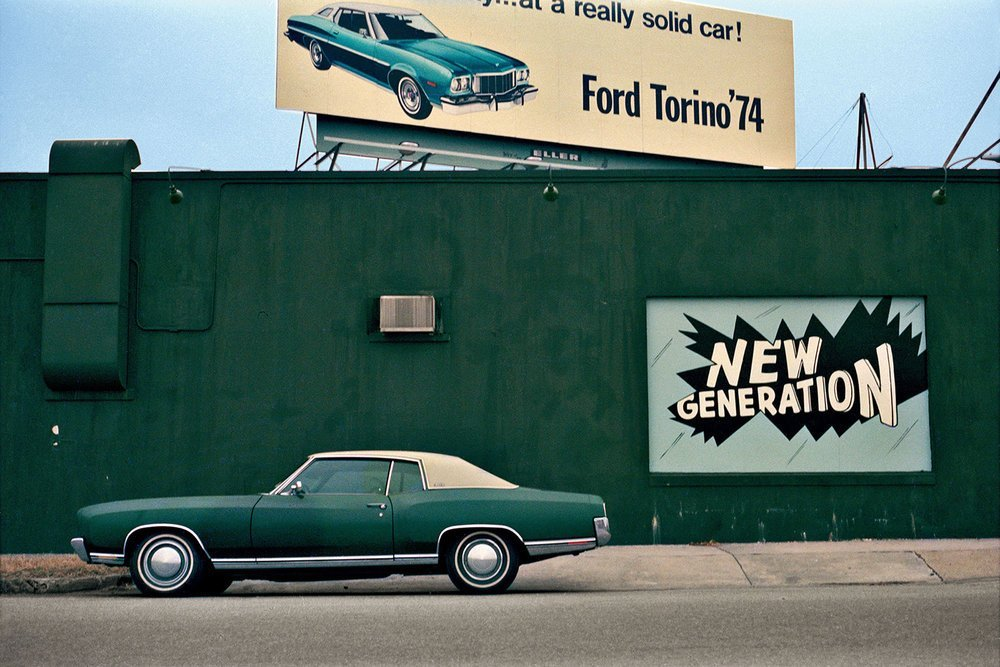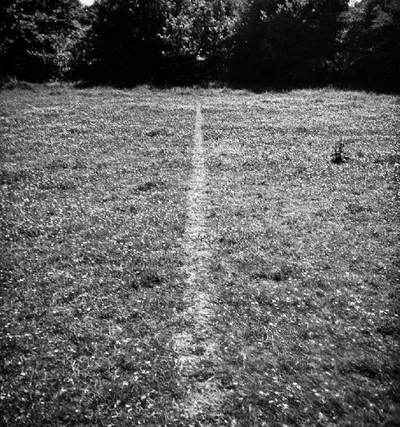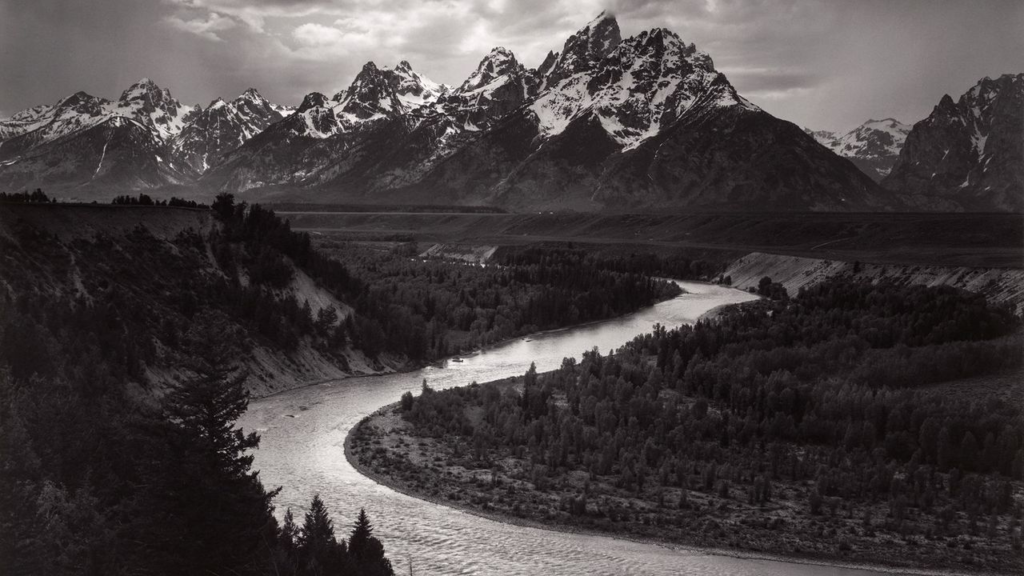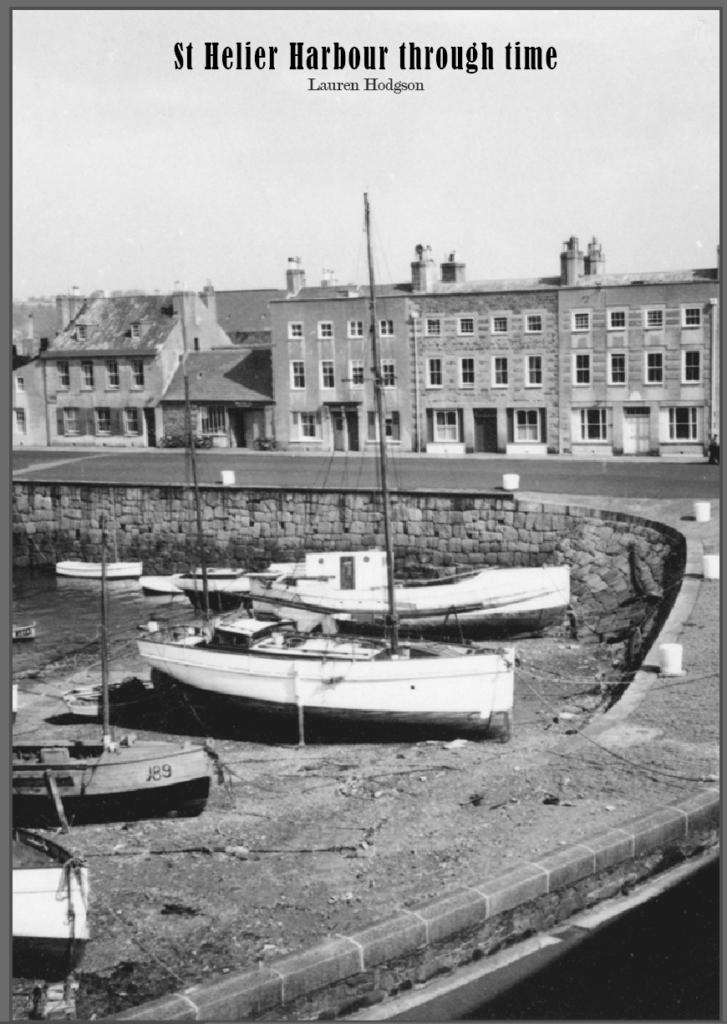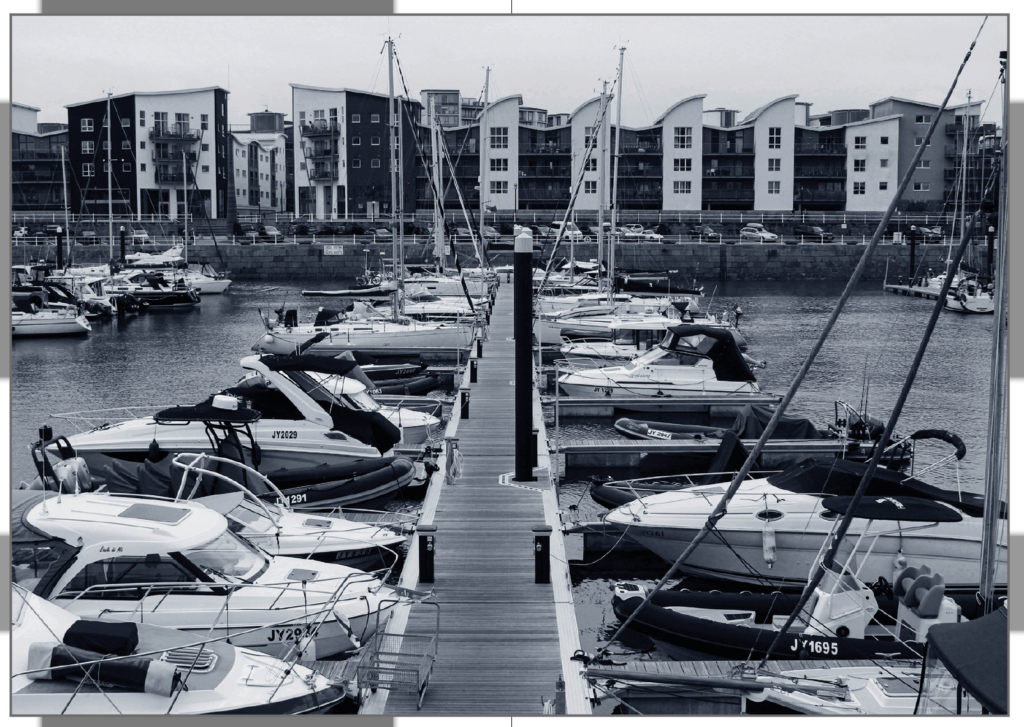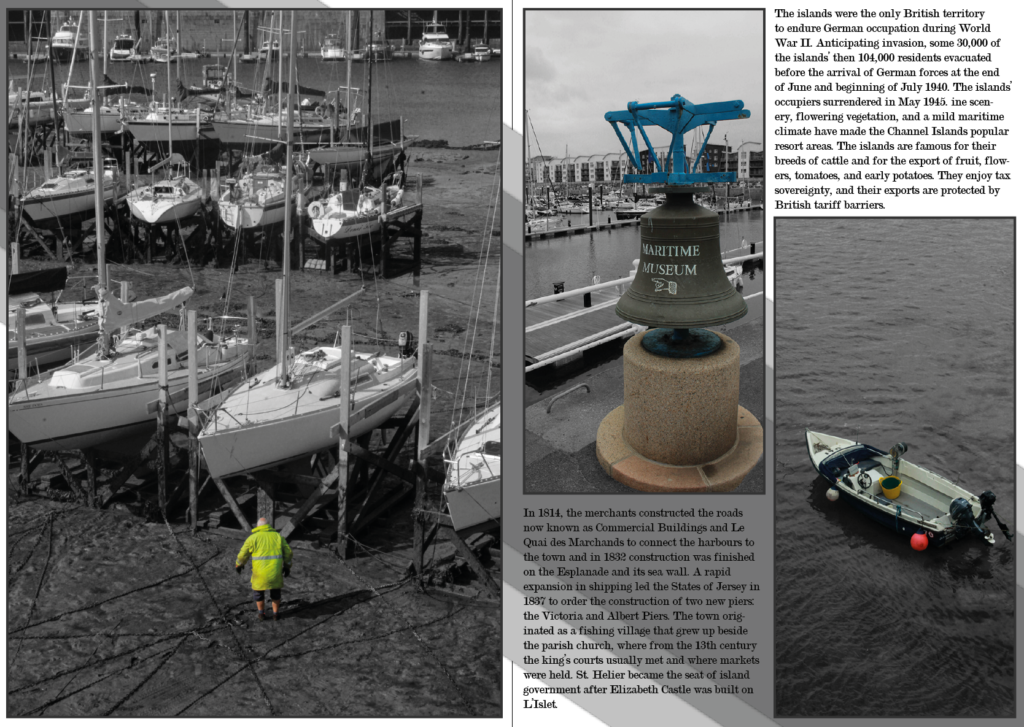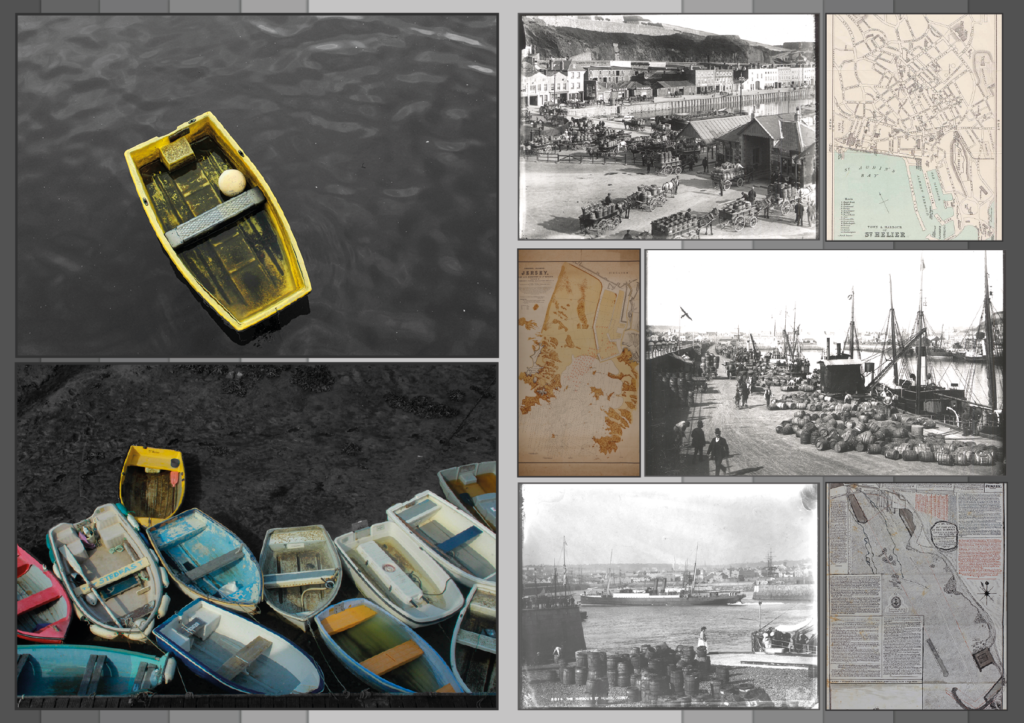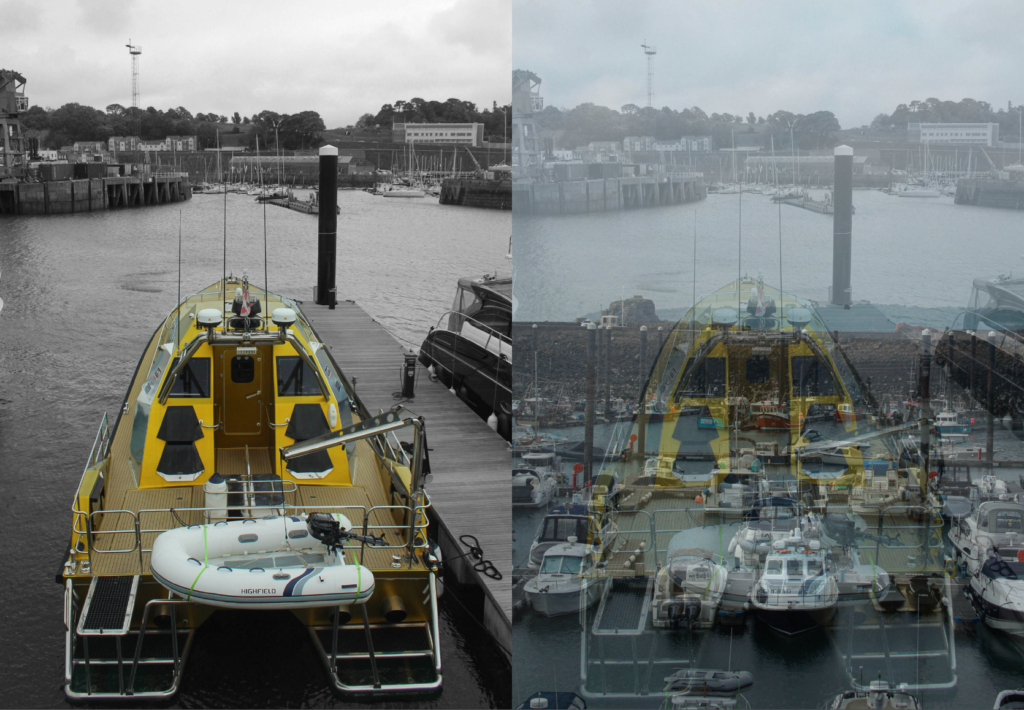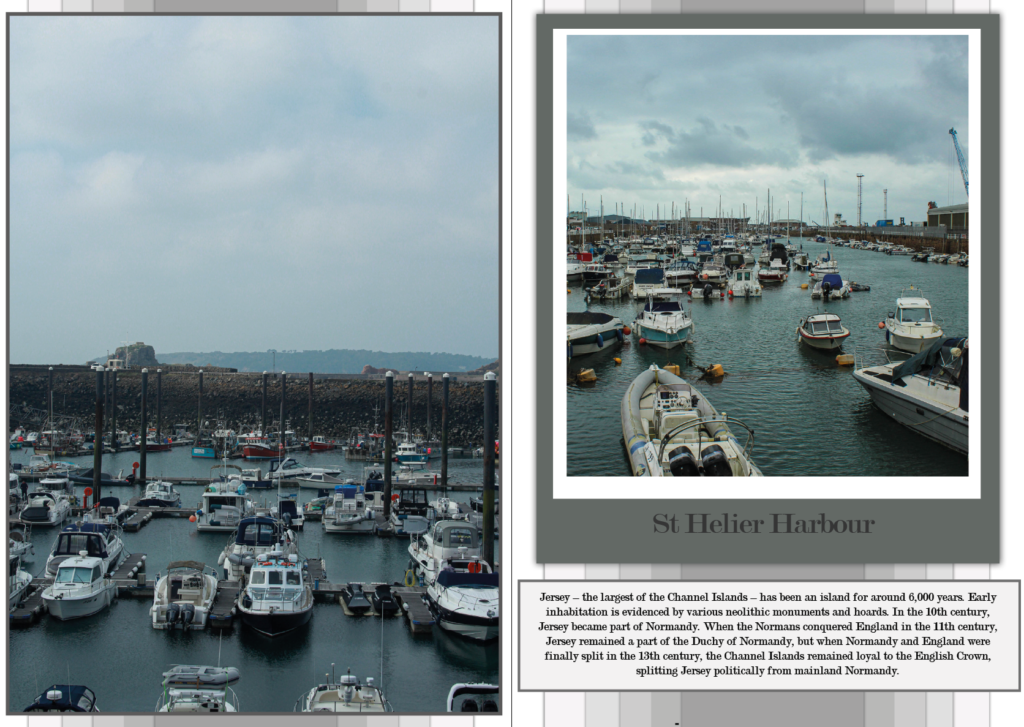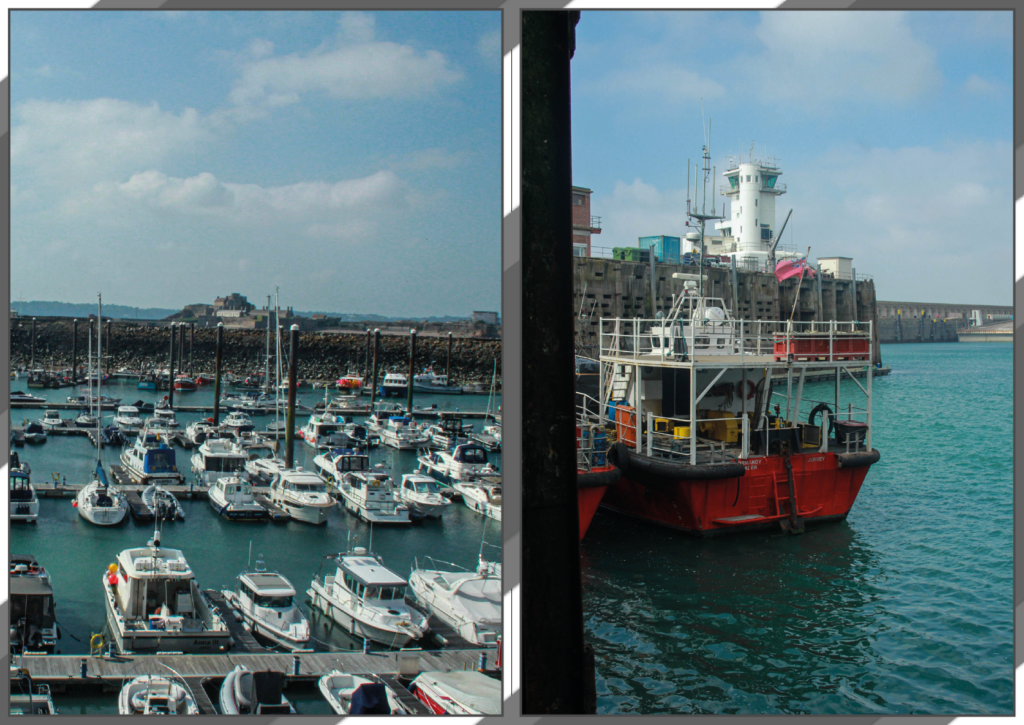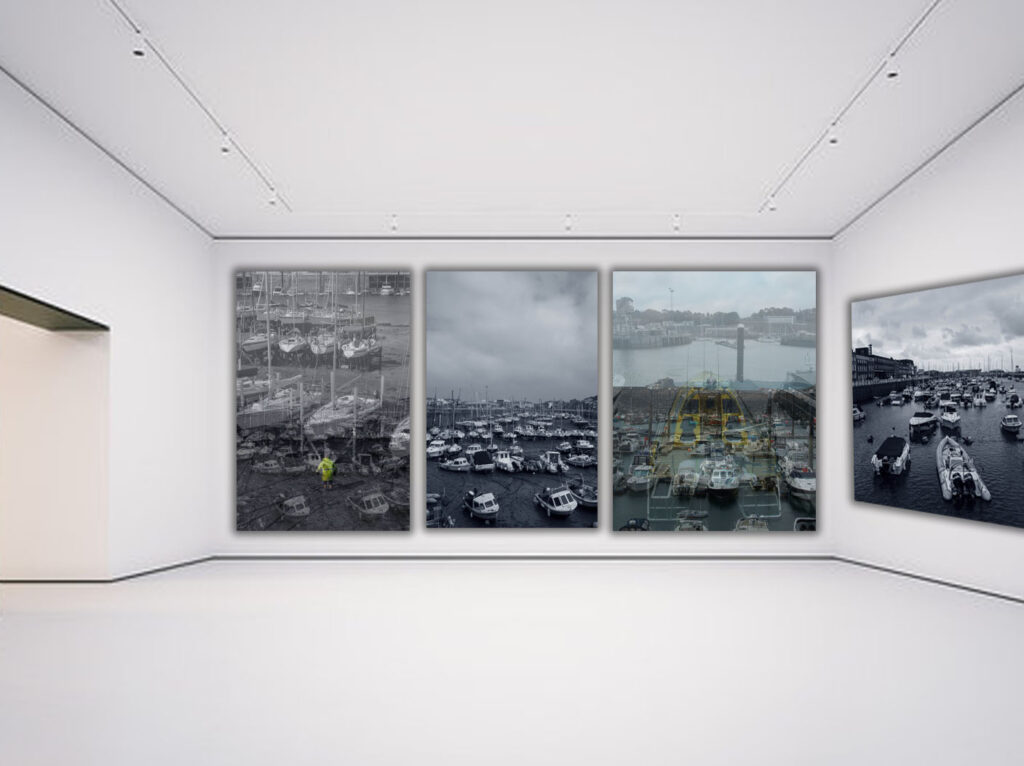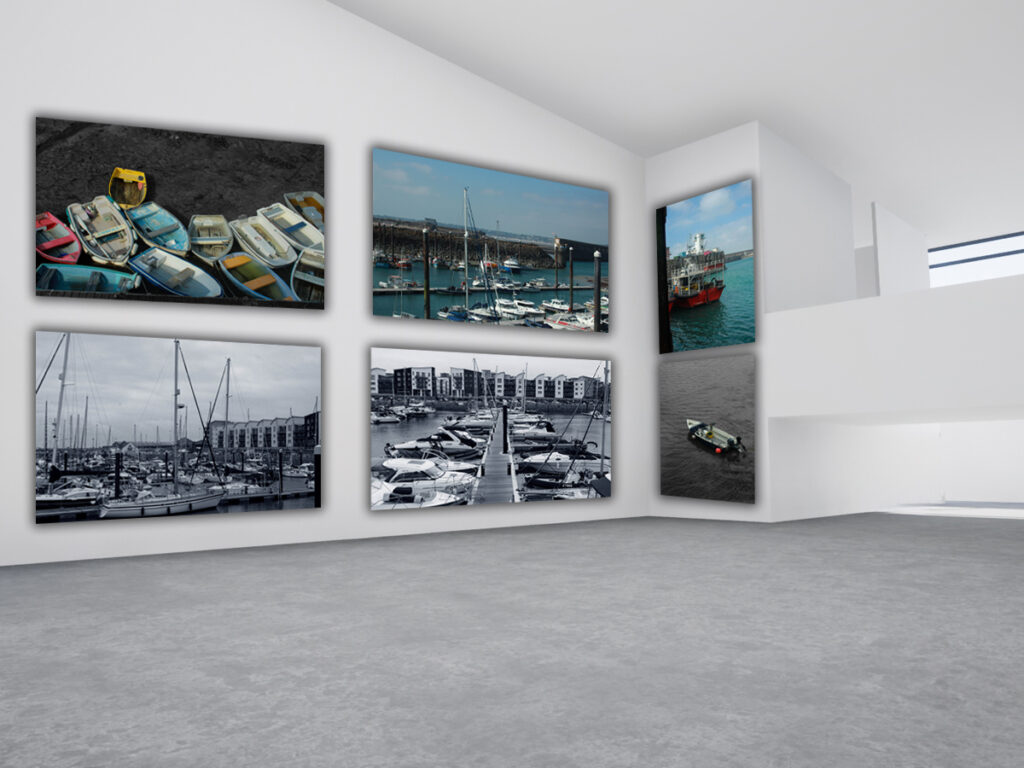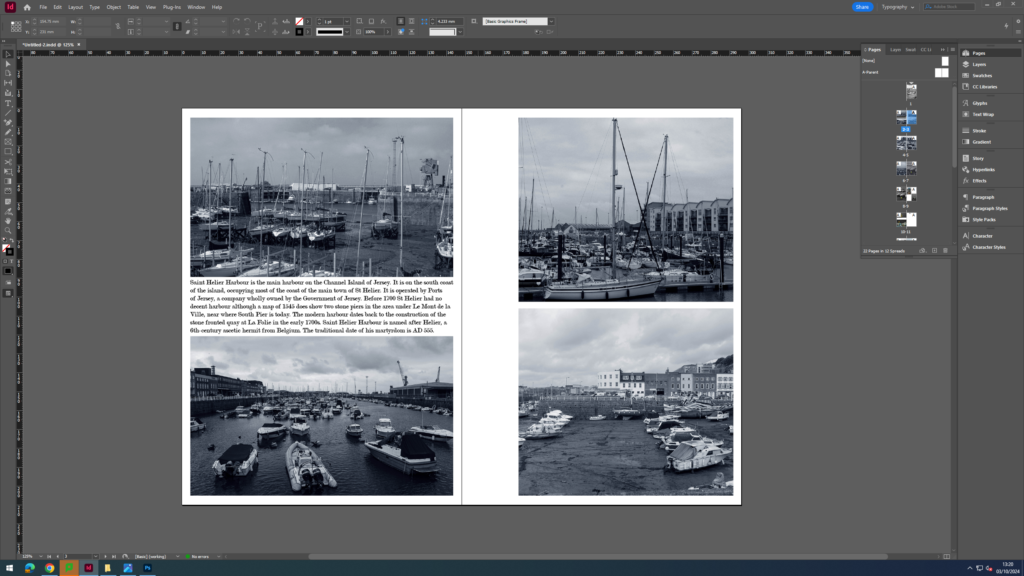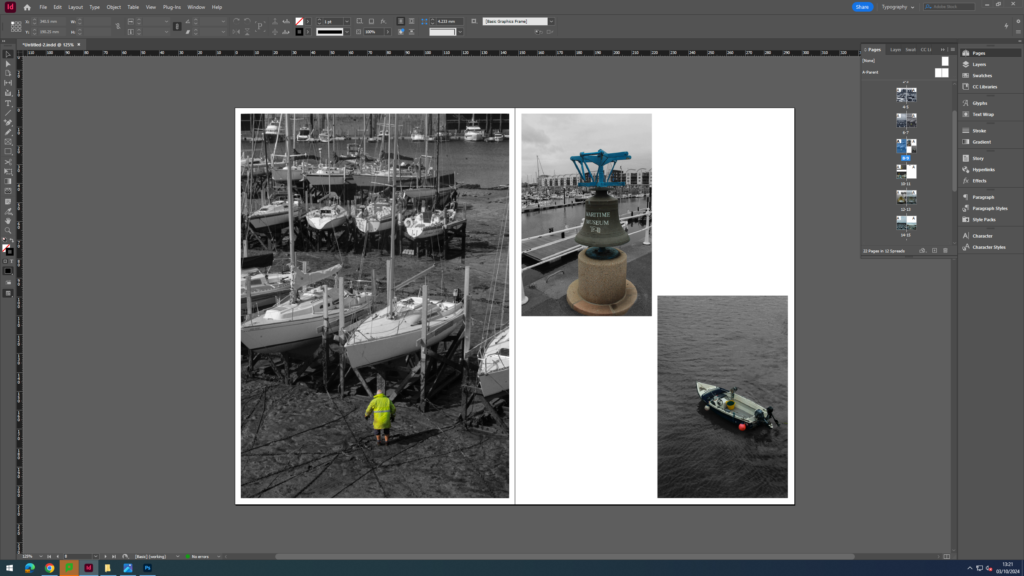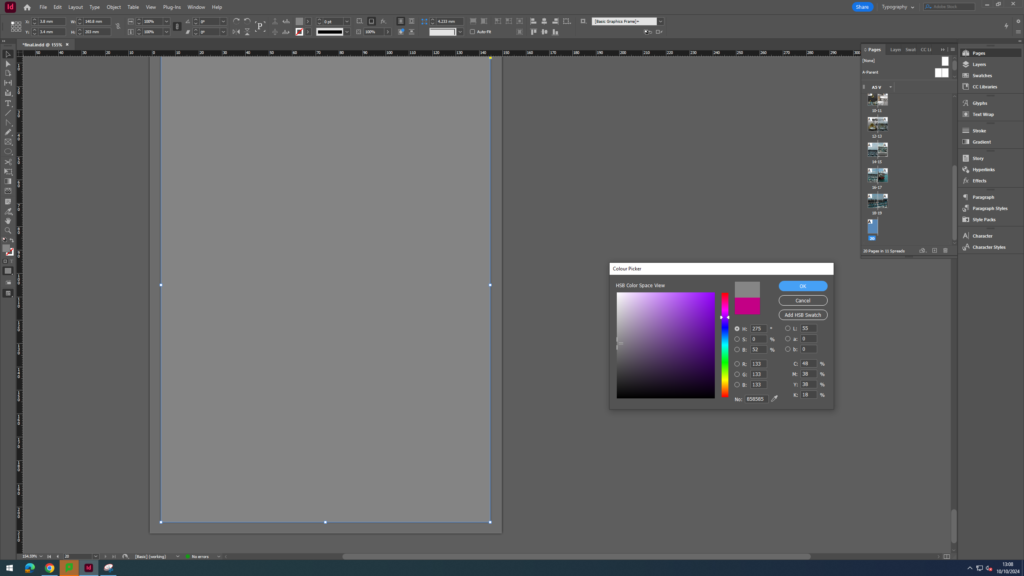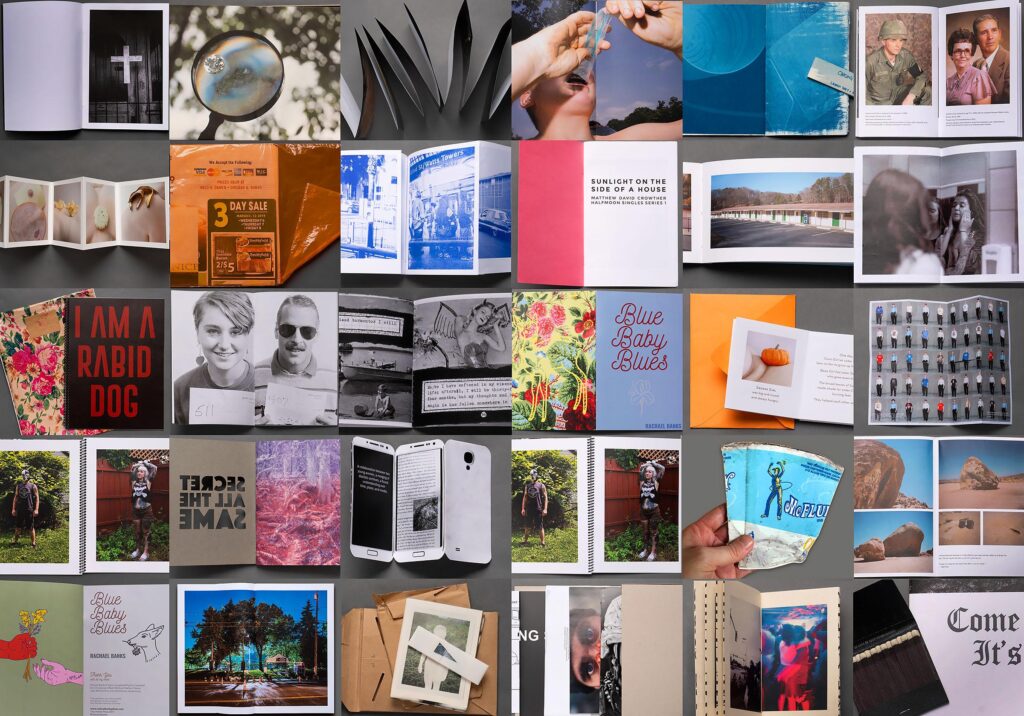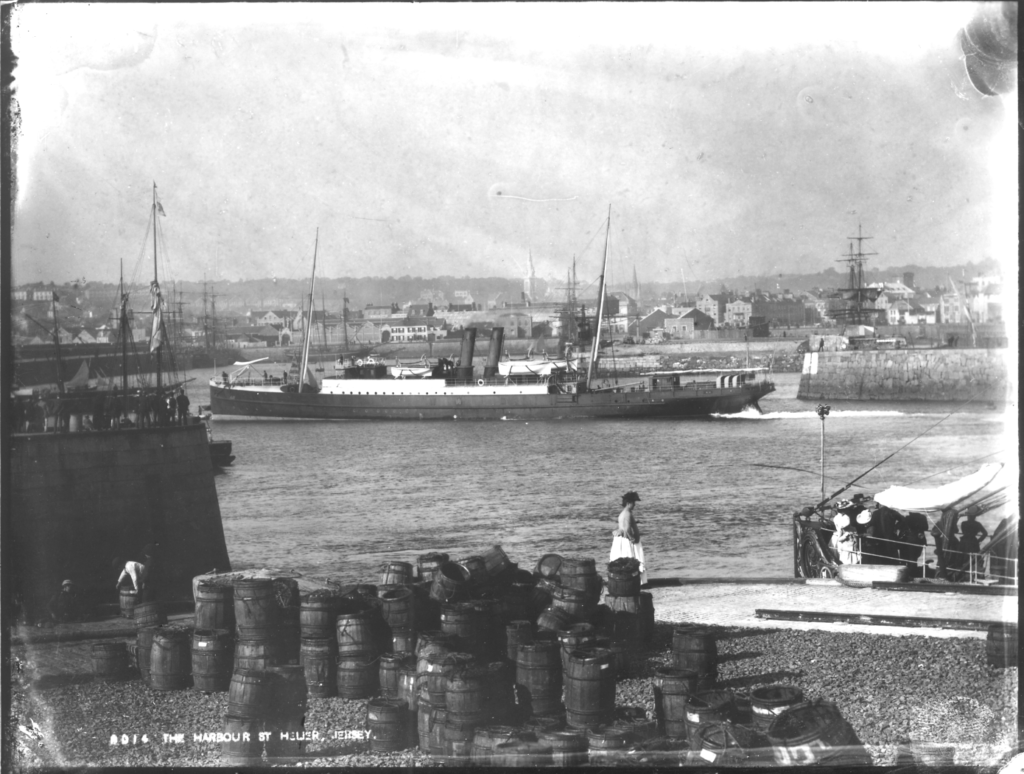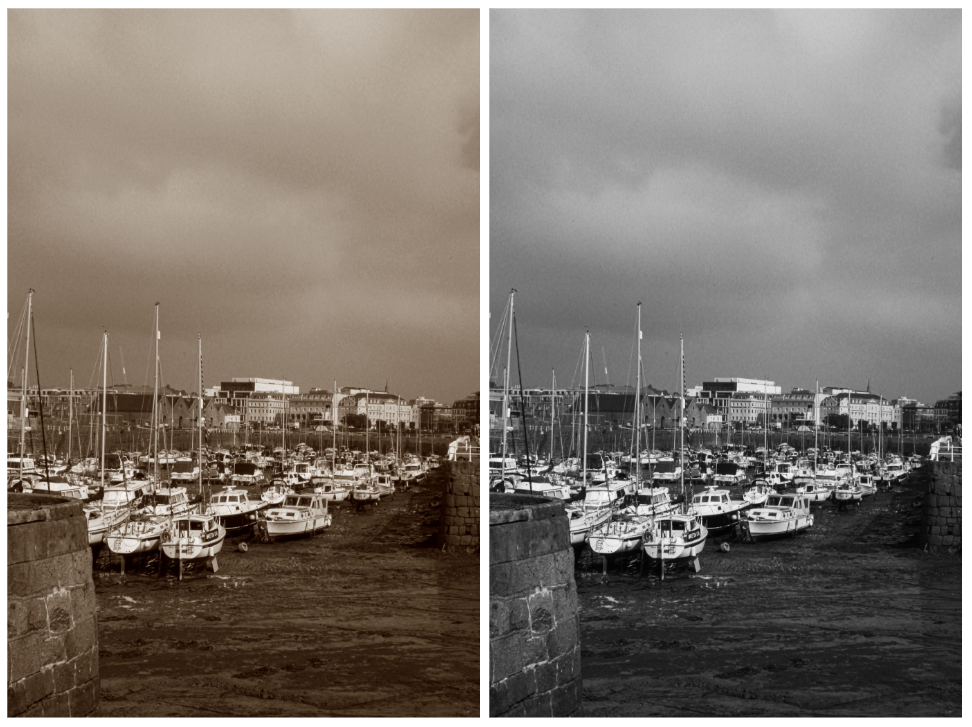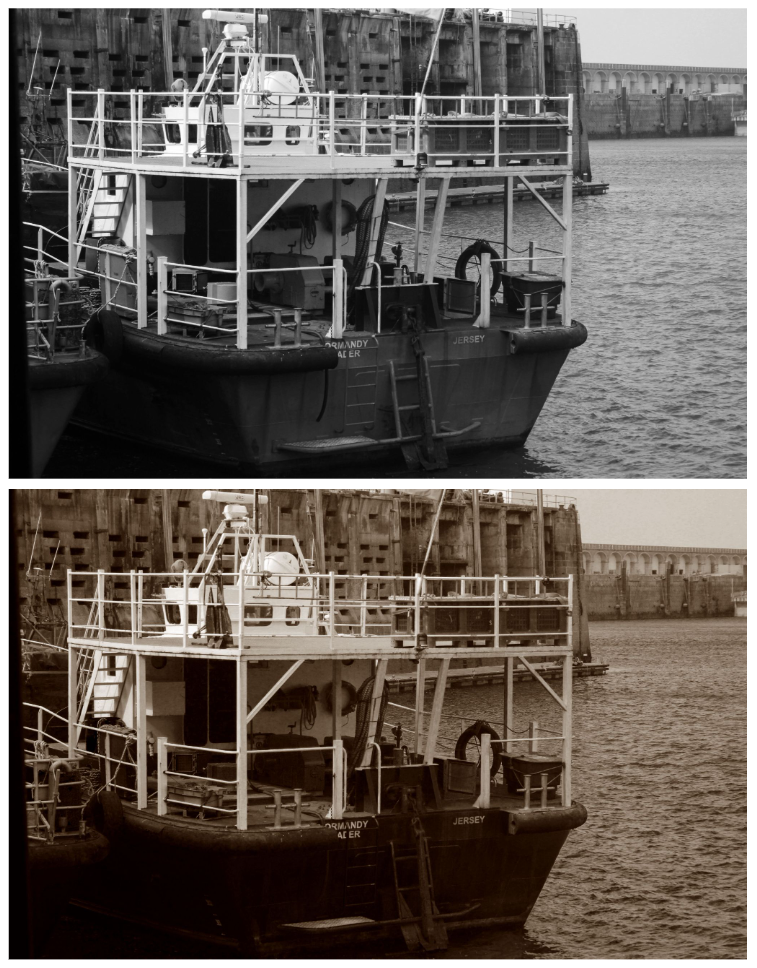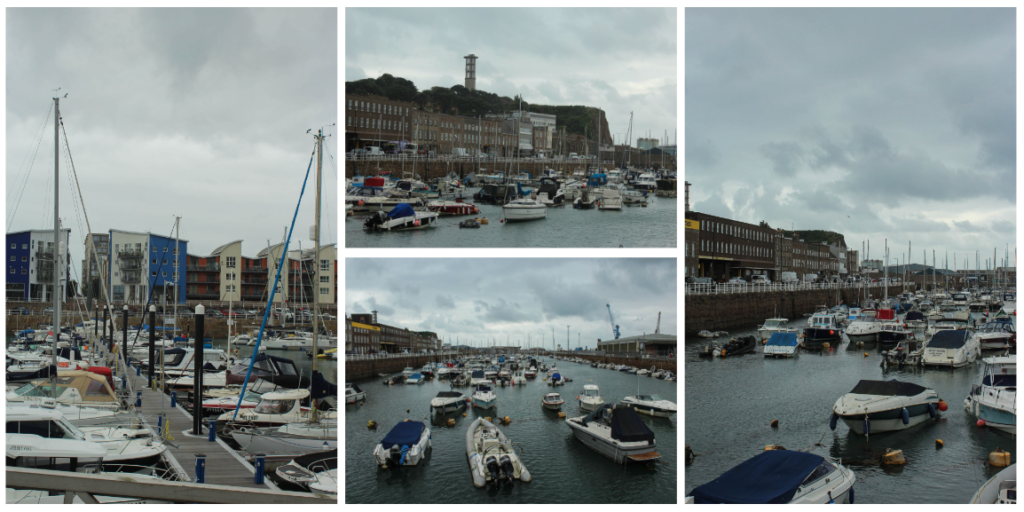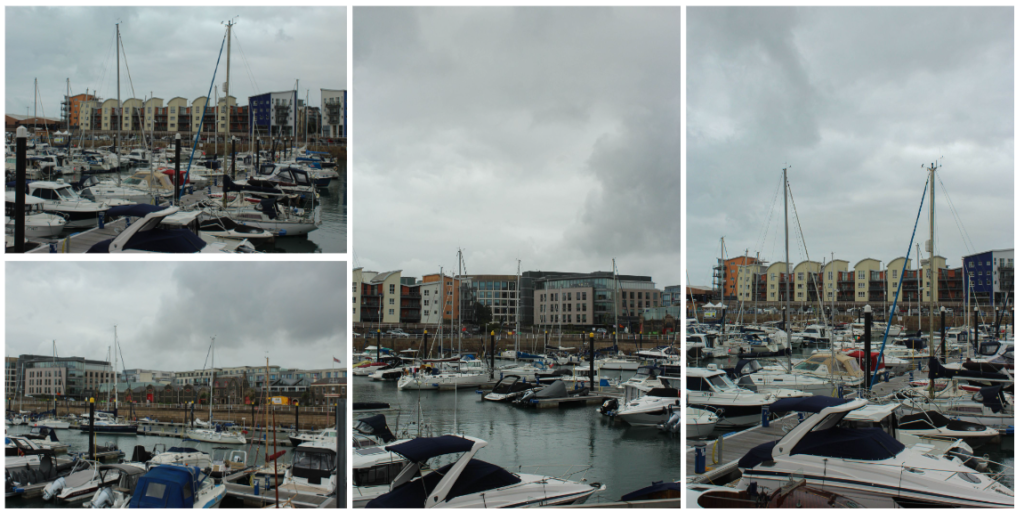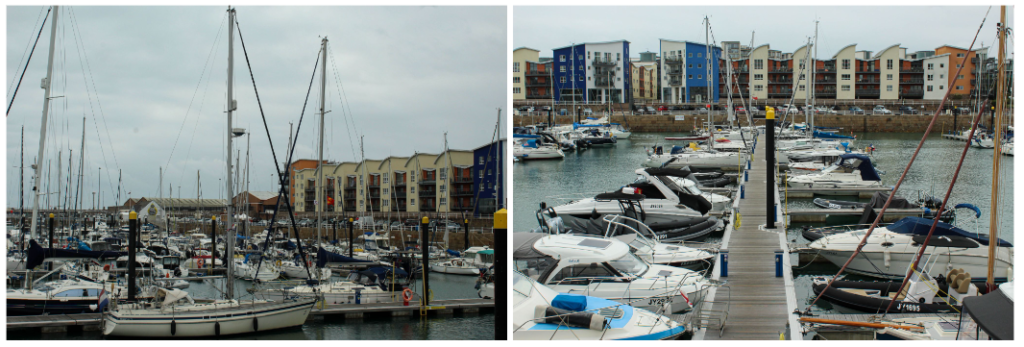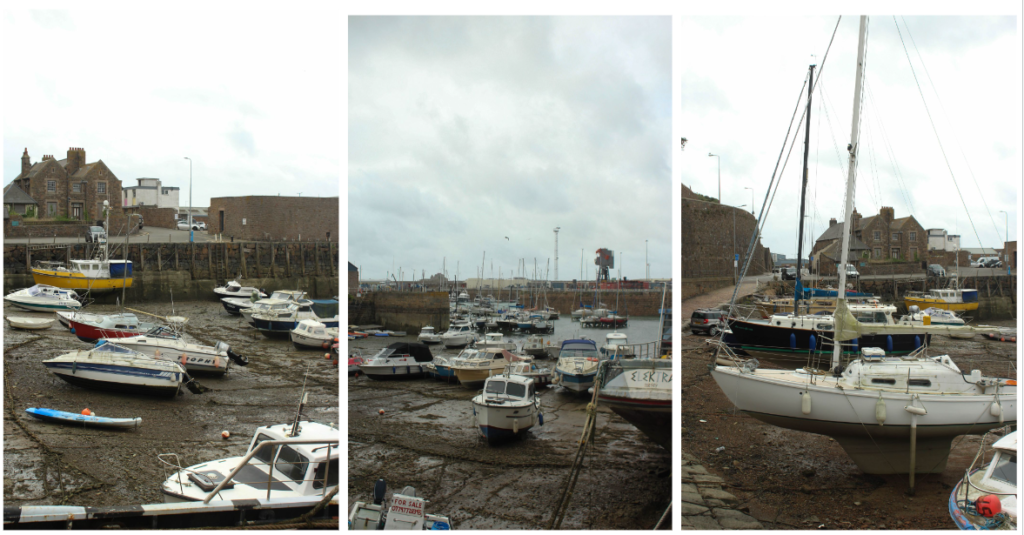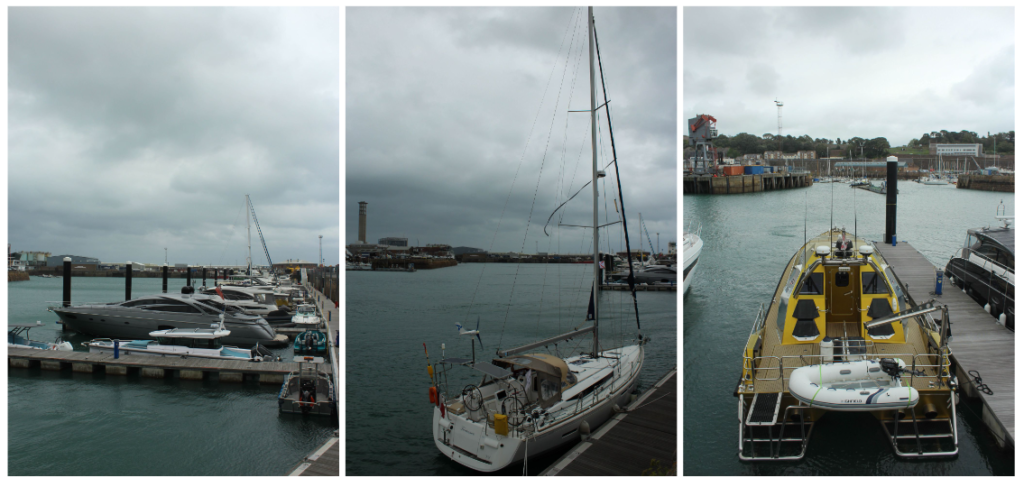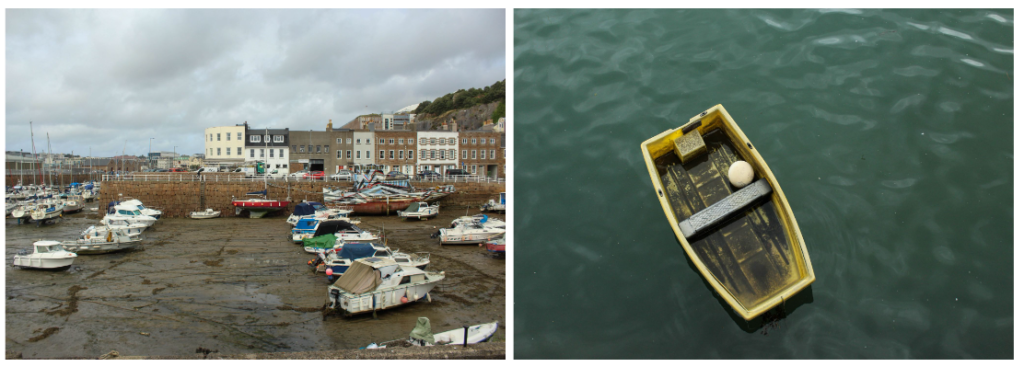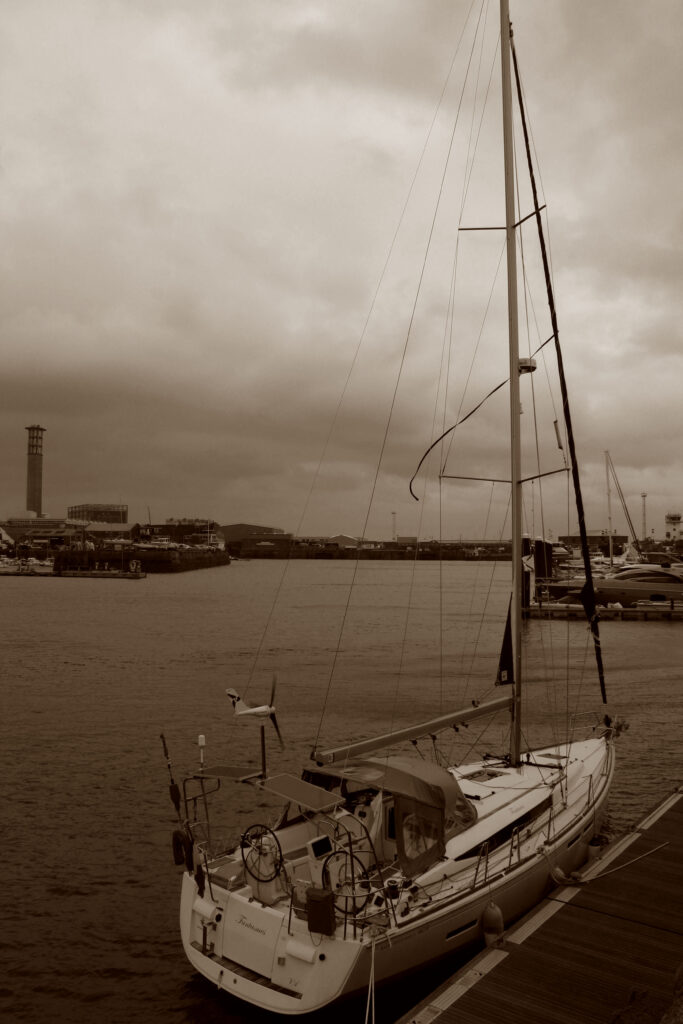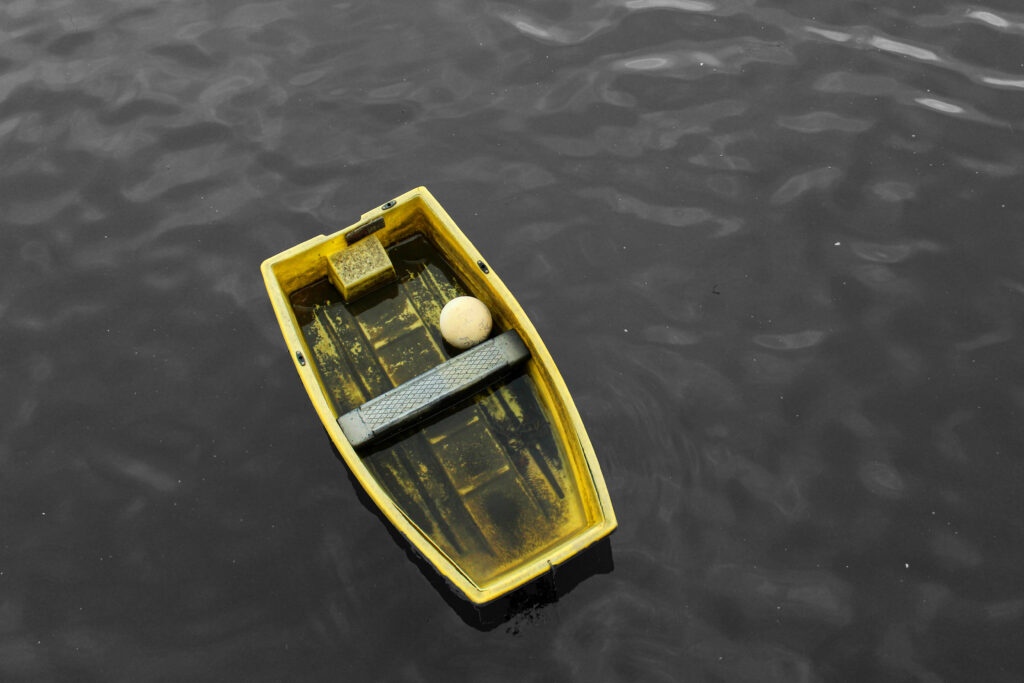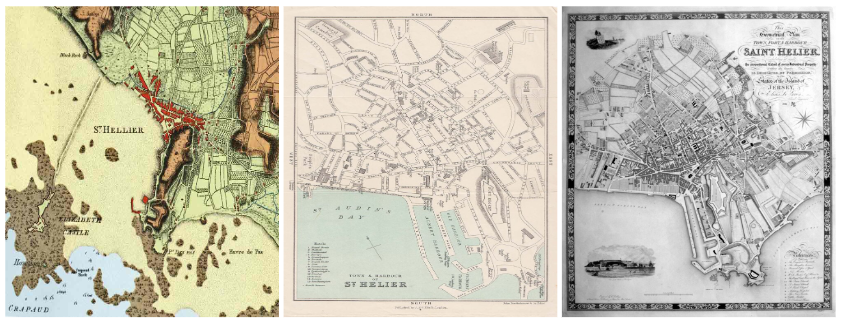- Read two texts above (John Szarkowski’s introduction and review by Jed Pearl) and select 2 quotes form each that is relevant to your essay.
John Szarkowski quotes: “reflecting a portrait of the artist who made it” and “the exterior world is explored in all its presence and reality”.
Jed Pearl quotes: “potential toward either self-expression or exploration in the unique sensibility of each photographer” and “a photograph is not a window; it is a mirror”.
- Select two images, one that represent a mirror and another that represents a window as examples to use in your essay.
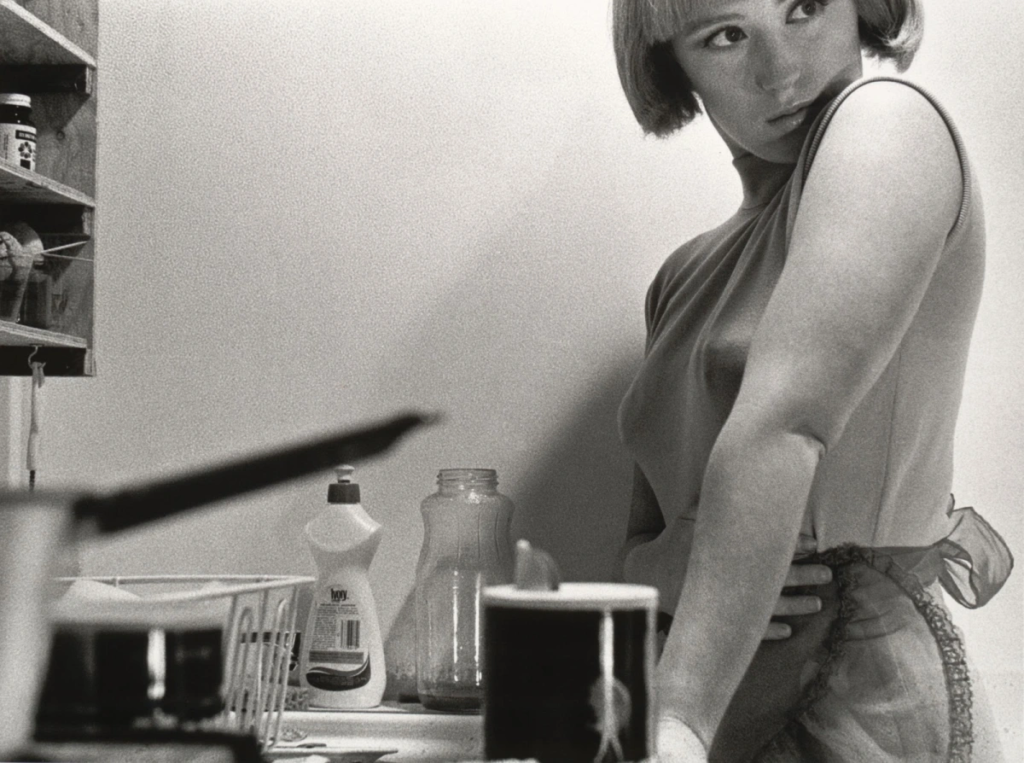
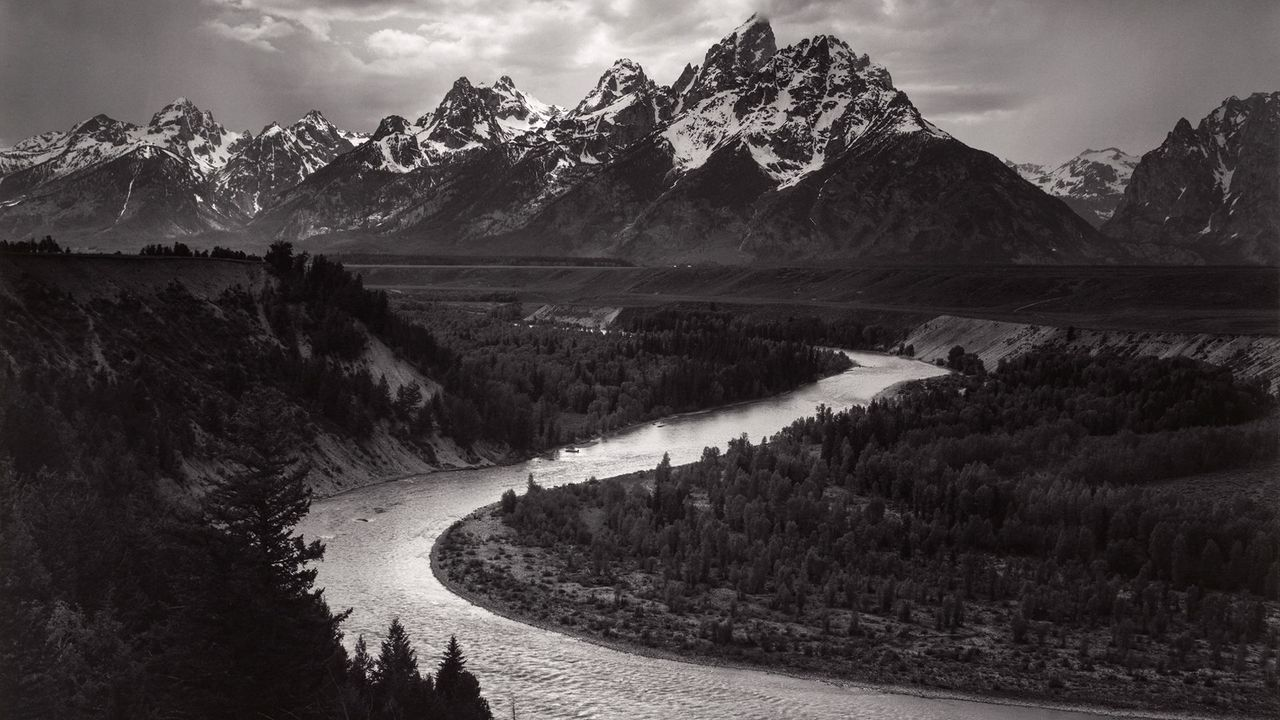
- Use some of the key words that you listed above to describe what the mirrors and windows suggest.
Window: documentary, objective, realism, candid, public, straight, optical, views.
Mirror: tableaux, subjective, romanticism, fiction, staged, personal, reflective, manipulated.
Essay plan
Introduction (250 words): Reflect on the origin of photography and describe in your own words the difference between the two photographic processes, Daguerreotype and Calotype. Consider how they could be viewed as either a mirror or a window of the world according to John Szarkowski’s thesis. Choose one quote from Szarkowski’s text and comment if you agree or disagree.
The origins of photography can be first seen through the lens of the camera obscura. This was where a small hole was made in a dark room allowing the light from outside to travel through it which then produced an upside down image of the outside world onto the wall opposite the hole. This then lead to further ways of developing photographs onto surfaces. The first example of this is the daguerreotype, invented by Louis Daguerre. This process allowed for images seen inside the camera obscura to be preserved as an object. In this process, a highly detailed image is produced on a sheet of copper with a thin layer of silver. This process is very delicate, and the sheet of copper and layer of silver must be cleaned before you start the process and must look like a mirror. The daguerreotype produces positives meaning it is a one off and cannot be copied. I think that the daguerreotype can be perceived as both window and mirror due to its documentative style and personal relation to Louis Daguerre. This is because the images often capture a variety of different people from a different period of time where this was the only way of making images into an object. So in a sense, the images are a document of how images used to be produced. On the other hand, the daguerreotype is also a mirror as the people seen on these images had personal relations to Louis. This means his images are giving people a personal insight into his life and his family/ friends, which is a key concept of mirror photography. Similarly, the images could be seen as subjective as the viewer has to try and figure out how the person in the image is related to Louis. Additionally, in the images of his family members/ friends, they are staged as they are purposefully posing for the picture. Therefore it can be seen more as a mirror image than window image which are typically naturalistic. Shortly after the Daguerreotype, the calotype was invented by Henry Fox Talbot. In this process, the sheet of paper needs to be iodised by applying solutions of silver nitrate and potassium iodide under candlelight. The same surface needs to be sensitised using a “Gallo-nitrate of silver” solution. Lastly, the piece of paper needs to be dried and loaded onto the camera obscura. This type of photography produced negatives (which means copies can be made). Calotypes made by Henry often depict photographs of windows there meaning that his images are window instead of mirror as it is not manipulated in any way and is a way of exploring the exterior world instead of things personal to him.
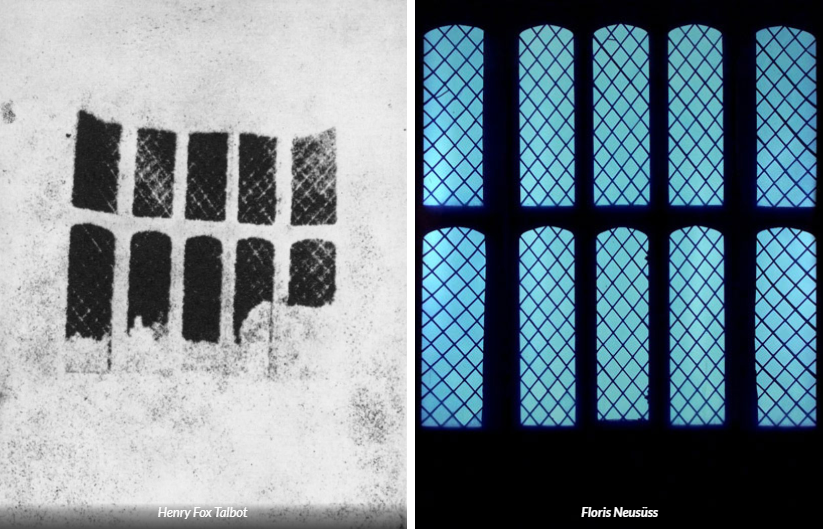
Paragraph 1 (250 words): Choose an image that in your view is a mirror and analyse how it is a subjective expression and staged approach to image-making. Choose one quote from Szarkowski’s thesis and another from Jed Pearl’s review which either supports of opposes Szarkowski’s original point of view. Make sure you comment to advance argumentation in providing a critical perspective.
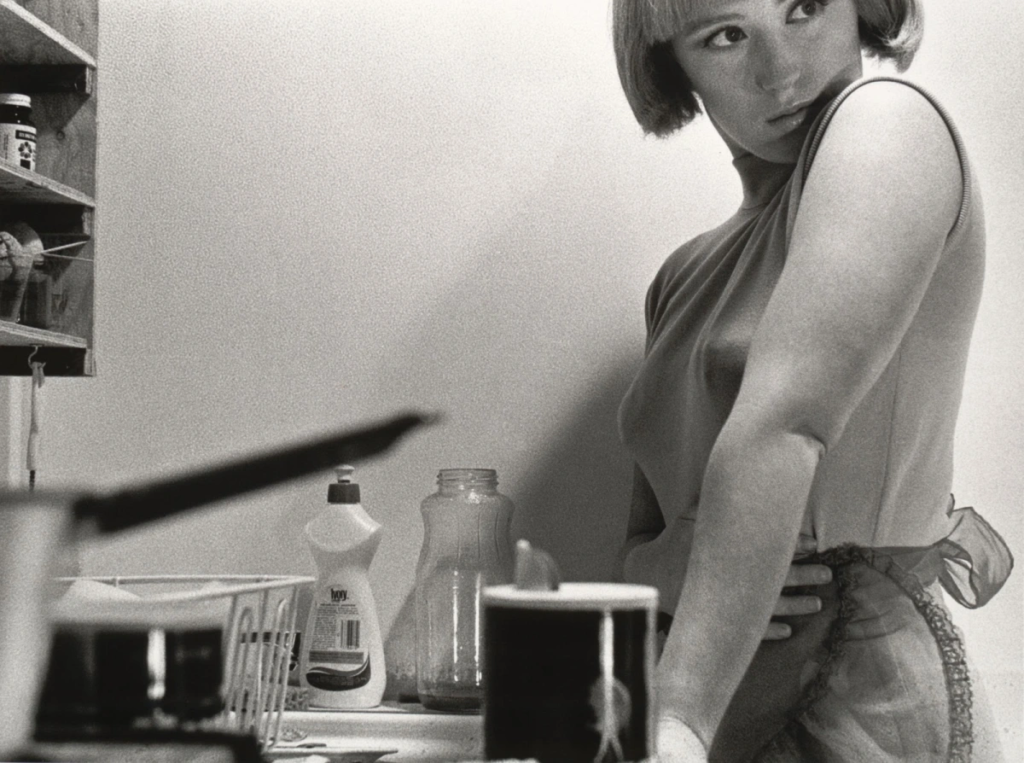
This image by Cindy Sherman is a mirror image. In the image, you can see a stereotypically attractive woman in the right side of the image who is glammed up and put together. However, on the other side of the image you can see pots, pans, dishes etc which implies the woman is in a kitchen. This feeds into the stereotypes at the time where woman were ‘destined’ to be housewives and to cook and clean for men. Szarkowski stated in his book about mirrors and windows that a mirror is “reflecting a portrait of the artist who made it”. This relates to Cindy’s image as she explores what it was like at the time to be a woman in society as she was. She shows a clear contrast to how women want to be perceived and treated though the use of makeup, clothes and hair compared to how men actually view them (as merely servants) through the use of objects and environment the woman is placed in. Jed Pearl also states a similar thing about mirror images saying its a “potential toward either self-expression or exploration in the unique sensibility of each photographer” in which Cindy clearly displays self-expression as she reveals her opinions and thoughts on how women are viewed at the time. Additionally, this image clearly takes a staged approach as Cindy Sherman deliberately chose the environment in which the model is in (a kitchen) and the pose of the model. The idea that her head is facing away from the pans and dishes could be Cindy Sherman’s way of rejecting societies perception of what a woman is and trying to separate the idea of women being seen as workers rather than real people.

Similarly, this image made by Shirin Neshat is also a mirror image with a similar concept behind it. In this photograph, you can see a woman with a hijab and a riffle going up the middle of her face. To me, this could be highly provocative to the country in which she is from and ones with similar morals. This is because in these countries eg Iraq, women are often seen as inferior to men and weak so it will come as a shock to see a women from that sort of place pictured with a riffle in front of her, implying she now has equal power to men. However, this piece could also be referring to the stereotypes society has on Muslim people. By having a riffle up to her face, it combines the idea of people associating Muslims with terrorism and how harmful these connotations can be to innocent people. This evidently shows how subjective the image is as it can be interpreted in multiple ways therefore meaning it is a mirror image. Similarly to the other image by Cindy Sherman, this image was evidently staged in a way to cause a reaction in the person that views it (which is another feature of a mirror image).
Paragraph 2 (250 words): Choose an image that in your view is a window and analyse how it is an objective expression rooted in a sense of realism. Choose one quote from Szarkowski’s thesis and another from Jed Pearl’s review and follow similar procedure as above ie. two opposing points of view and commentary to provide a critical perspective.
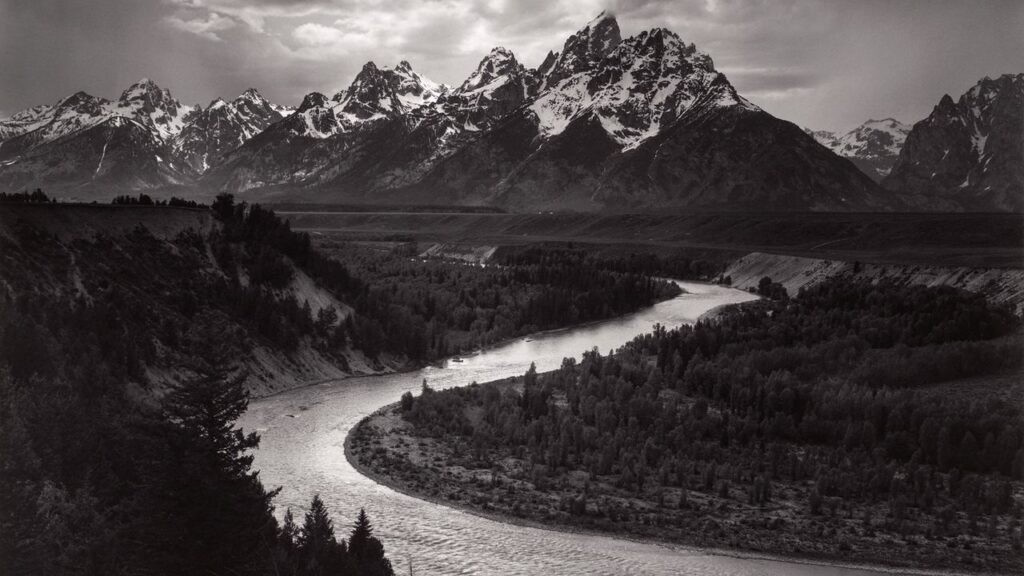
This image by Ansel Adams is an example of a window image. His work serves as a window into the natural world, revealing the beauty and majesty of landscapes which are untouched by humankind. This is a window image as its objective and a display of reality rather than something that has been manipulated (which you would typically see in a mirror image). There is no trace of humankind or any specific objects that might link the artist to this image; it’s simply showing off the beautiful scenery. This therefore supports John Szarkowski’s idea that a window image is where “the exterior world is explored in all its presence and reality”, as Ansel Adams has just captured what he’s seen in-front of him without altering anything or adding anything which would connect himself to the images. However, Jed Pearl opposes this idea by suggesting that “a photograph is not a window; it is a mirror”. This can also be seen in Ansel Adams image as there is clearly a specific reason he choses to photograph the landscapes he does; suggesting there’s a personal relationship between his images and himself, therefore making his images potentially mirror images instead of window as they give the viewer an insight into his passions and thoughts. For example, Ansel Adams photographs these natural, scenic places in order to bring awareness to how these beautiful places exist and we could actually see them with our own eye but due to our constant expansion and destruction of nature as a species, these places are going to become non-existent if we carry on at the rate we are. Therefore, the images he takes actually have a more personal meaning than what is initially thought.
Conclusion (250 words): Refer back to the essay question and write a conclusion where you summarise Szarkowski’s theory and Pearl’s review of his thesis. Describe differences and similarities between the two images above and their opposing concepts of objectivity and subjectivity, realism and romanticism, factual and fiction, public and private.
In conclusion, I believe that an image can be both a mirror and a window contrary to John Szarkowski’s theory where he suggested that a photograph is either a mirror or a window. This can be seen in his book on window and mirror images where he described mirror images as “reflecting portrait of the artist who made it” and “a romantic expression of the photographer’s sensibility as it projects itself on the things and sights of this world”. Whereas he described window images as a way “one might better know the world” and “through which the exterior world is explored in all its presence and reality”. John Szarkowski believes that artists find themselves somewhere along a “continuous axis” from romantic to realist. In contrast, Jed Perl critiques Szarkowski’s thesis by stating ‘Szarkowski is fond of creating categories’ at the start of his review, suggesting he doesn’t agree. He goes onto say that a photograph is not just a transparent window but rather a mirror that reflects the photographer’s own perspective, emotions, and interpretations. Perl argues that photographs are inherently subjective and can distort reality, inviting viewers to consider the personal context behind the image rather than seeing it as a straightforward representation of the world. This clearly shows Jed doesn’t agree with the idea that an image is either a mirror or window. Instead, he believes that the two can exist simultaneously in the same image.
The images I chose to illustrate the idea window and mirror images have a lot of similarities and differences, the main difference being one is a window image and the other a mirror image. However, depending on the way you interpret the images, this can be proven to be false. This is because Ansel Adam’s image of the mountains could be seen as a mirror instead of window as he has a personal interest in photographing these places, making the image a reflection of his passions as a person rather than a photograph just exploring the exterior world. This highlights to me that idea that a photograph can be both a mirror and window image, depending on how one interpreted it. Another similarity between these two images is that they are both in black and white. However, Ansel Adams dramatizes the different shades of grey in his images to create a romanticised image. Another difference between the two images is that the mirror images made by Cindy Sherman and Shirin Neshat are subjective whereas Ansel Adams images are objective. This is because his images just consist of different landscapes. This leaves no/ minimal room for interpretation from the viewer. On the other hand, the mirror images can be interpreted in many ways. For example, some people may view Cindy Sherman’s images as her displaying the ‘perfect wife’ (attractive and doing the dishes) whereas others may interpret as her bringing awareness to the ridiculous standards set for women in society. Overall, although the two images are majorly different at the first look, as you look closer and understand the image more, you find there are more similarities between the two than you would expect. This may explain why John Szarkowski suggested that an image is either a window or mirror as he hadn’t properly inspected each image first and figured out how close they actually are to each other.


